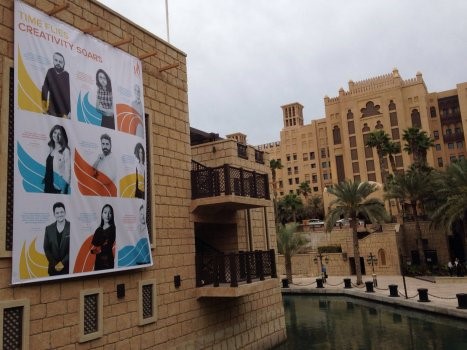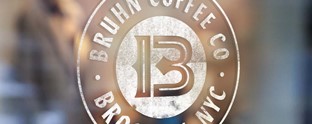Defining innovation: Dubai Lynx, day 2

"Innovation is doing things differently in order to do them better," says JR Little, head of innovation at Dentsu Aegis agency Carat. That sentiment defined the second day of the Dubai Lynx festival.
Innovation, though bandied about with abandon in regards to everything from digital technology to creative thinking, can be simplified down to one thing: improvement. The Lynx festival celebrates innovation through creativity.
Speakers on day two embraced this focus and shared their experience working with brands to innovate and think more creatively. Engage Works, a London and Dubai-based experiential agency talked about the use of technology to complement experiences and brand positioning. Technology is an enabler, Aya Fisher, senior client director at Engage Works says, but it is up to brands and the agencies they work with to apply it in a creative and relevant way in order to achieve something innovative. Also necessary, she says, particularly in the fast-paced Middle Eastern region, is to educate brands around the use of that technology so they can plan for the long term.
However, innovation also emerges in brand. Global brand consultancy Siegel+Gale's associate creative director Dan Vasconcelos, focused on brand evolution, authenticity and heritage in his discussion. Those elements, he noted, form the basis for strong brand strategy, yet it is only through their effective application, that they can achieve change for the organisation. He points to football club Al Ain, a beloved regional powerhouse whose visual identity - like that of many football clubs - is rooted in local history and strong brand icons. Redeveloping that brand meant drawing inspiration from the club's history, but applying it to the modern context. One of the elements - a pattern inspired by palm leaves - was made experiential through implementation across the stadium.
Similarly, the agency's work with Faberge has imbued the brand's retail experience with authenticity and immersive technology to help it modernise while retaining its strong heritage.
Wissam Shawkat, calligrapher who has designed a number of the most prominent wordmarks and logos in Arabic, says brands can adapt the long and storied history of Arabic calligraphy to the modern context. Times New Roman itself is a derivation of an ancient Roman typeface used across the empire. Thus, the ability to derive a modern iteration of classic calligraphy is not a foreign concept. However, without attention to design and the clever creation of these logos, brands can fail to connect with their audiences.
Connections have been primarily built through social media over the last 10 years, David Mastronardi, director of global digital strategy for Cheil Worldwide, says. But, that is due to change rapidly for brands, "Brands in social media are still stuck in 2005," he says, despite the fact that cultural use of social has changed from networking to self-aggrandizement. A variety of things will change in regards to brands on social, he says, including shoppability, the disappearance of social networks as we know them, the birth of new ways of creativity and the implementation of tech implants into human skin. Brands, Mastronardi says, can keep up with culture and engage with users if they are able to keep up with the technology in use.
Alongside the conference and festival in Dubai this week, is an awards programme honouring the best creative work in a variety of categories from PR to outdoor advertisement. Winners will be announced on Wednesday night.












